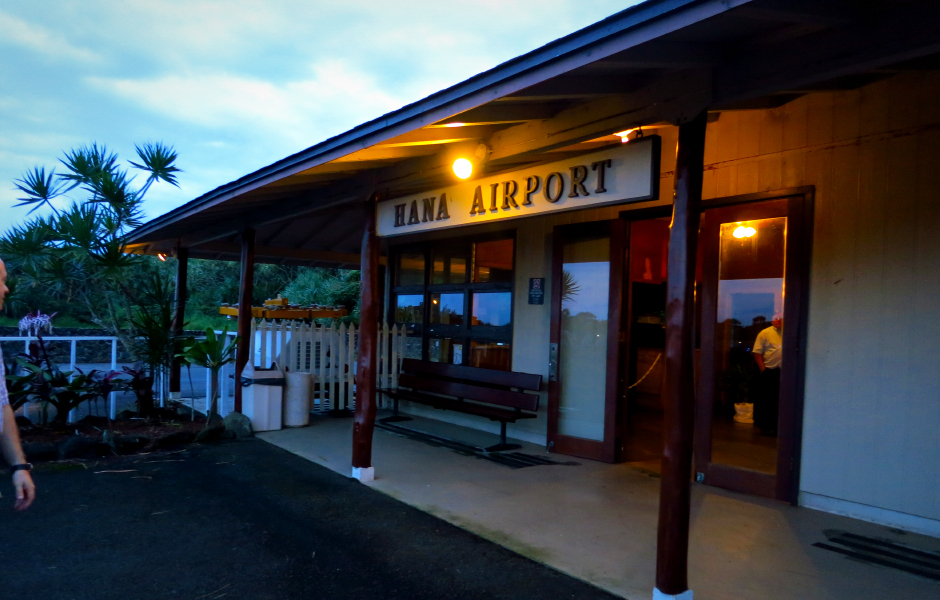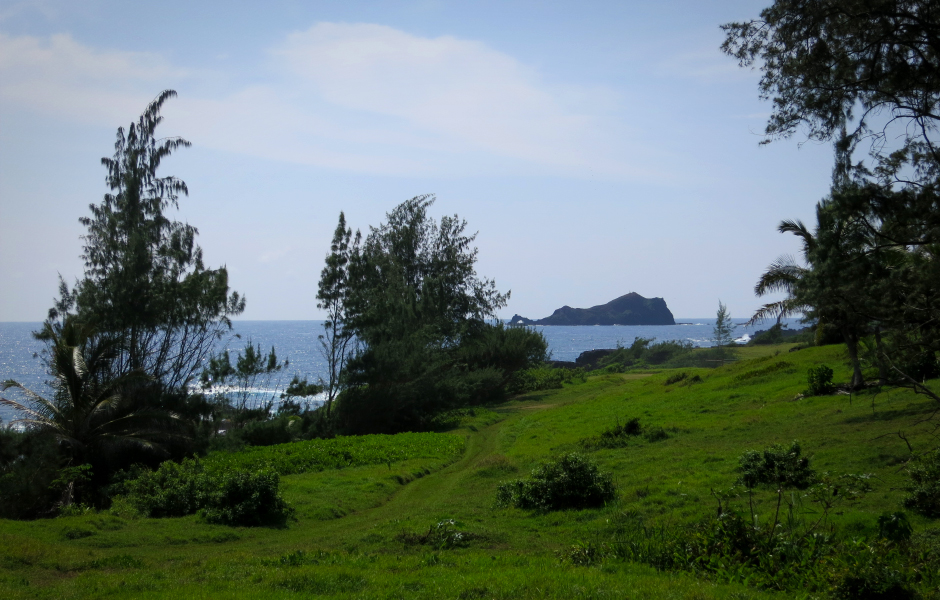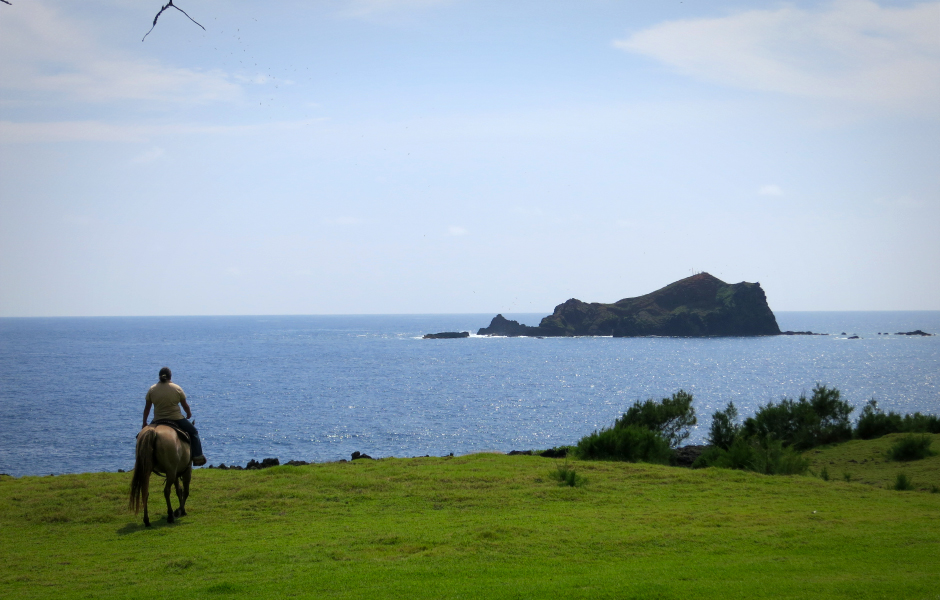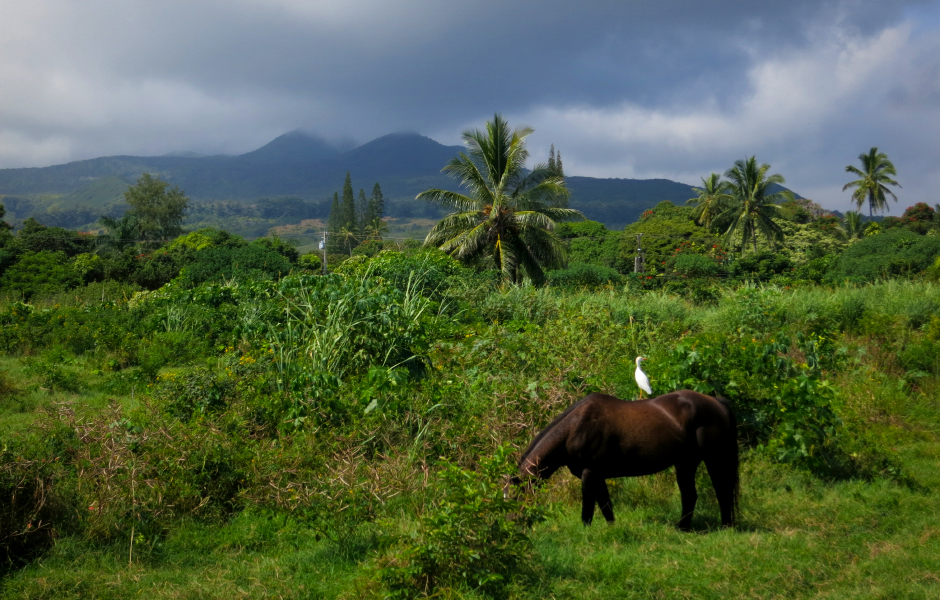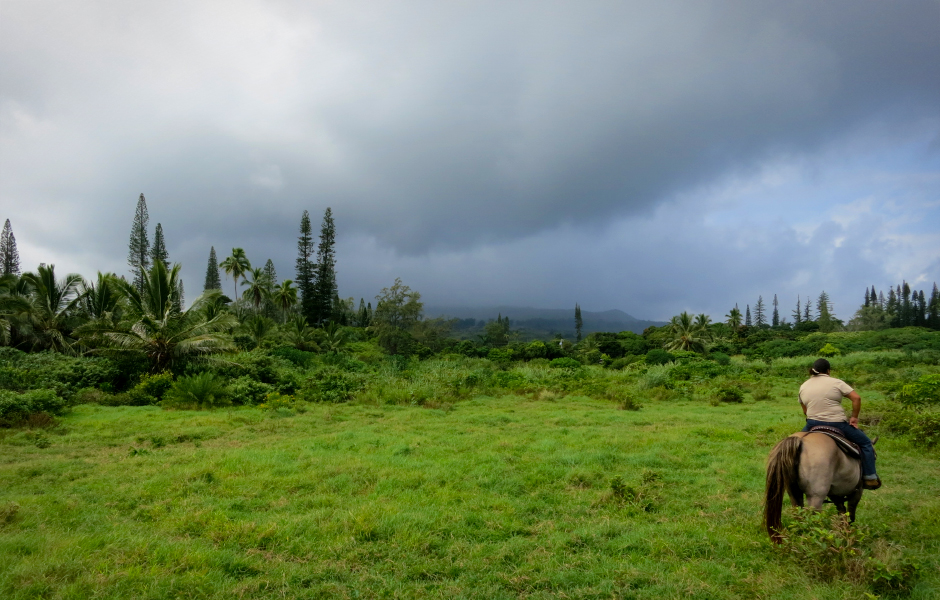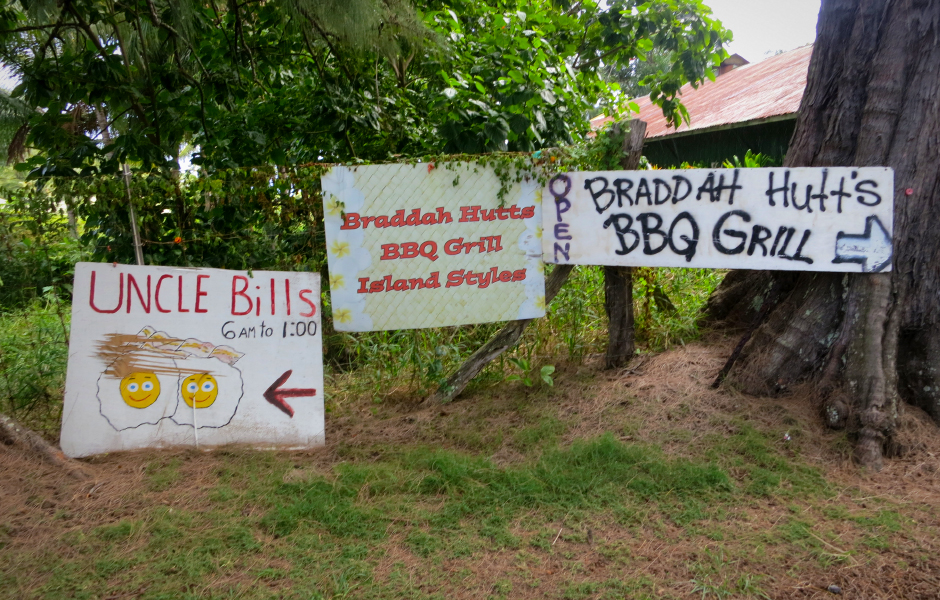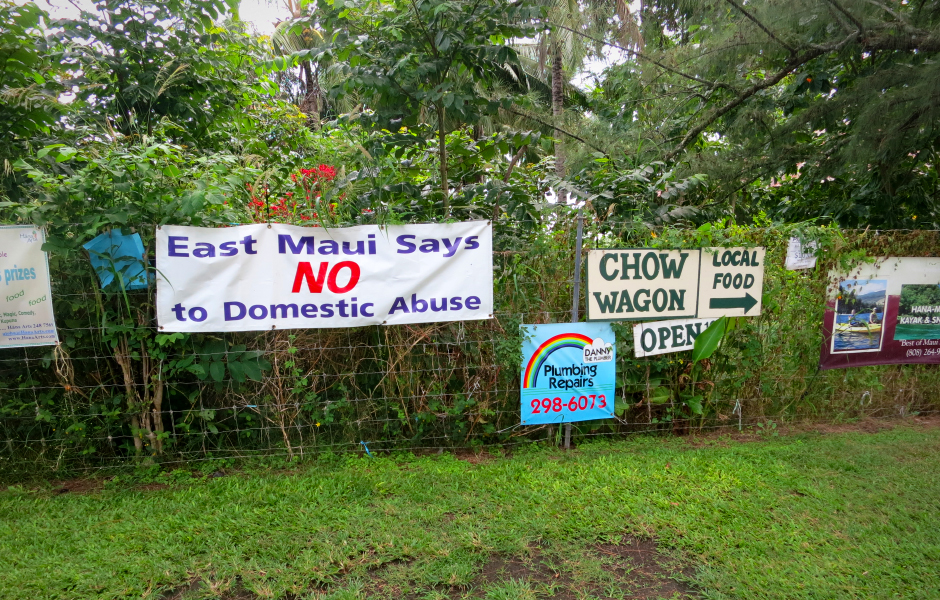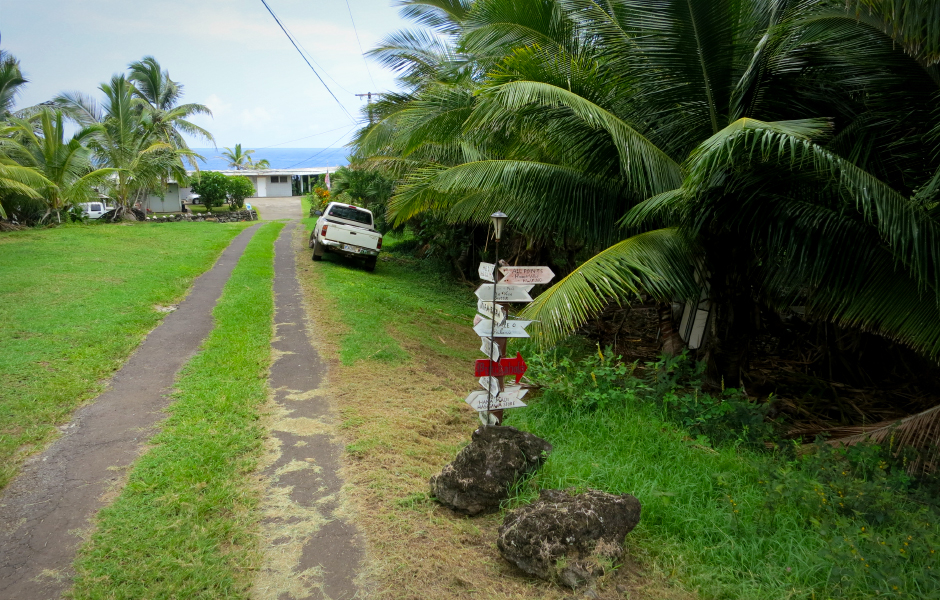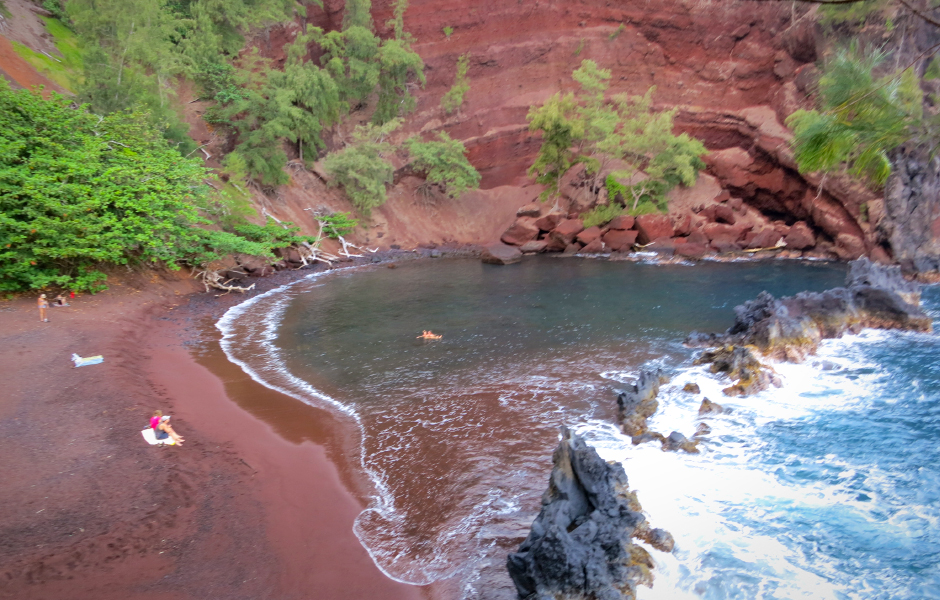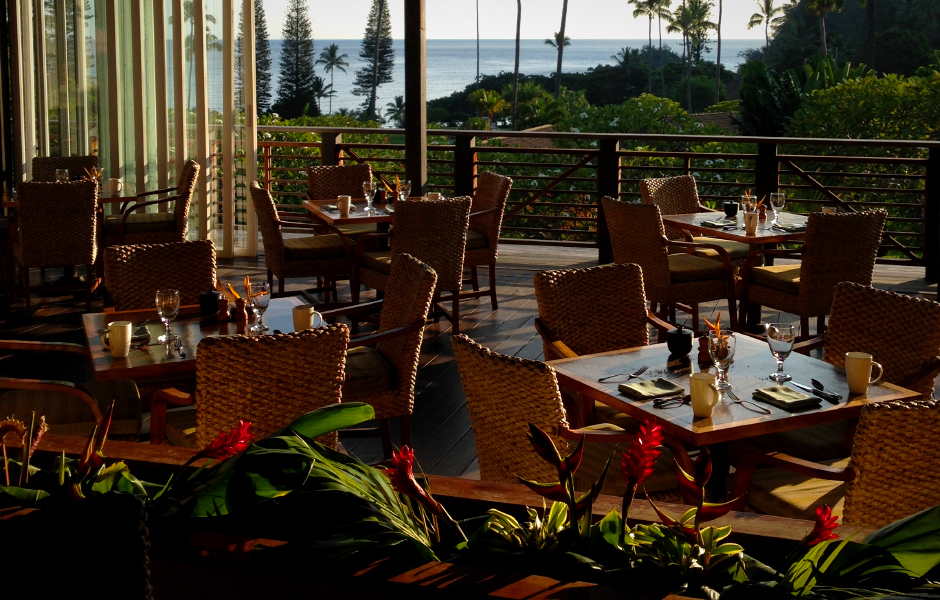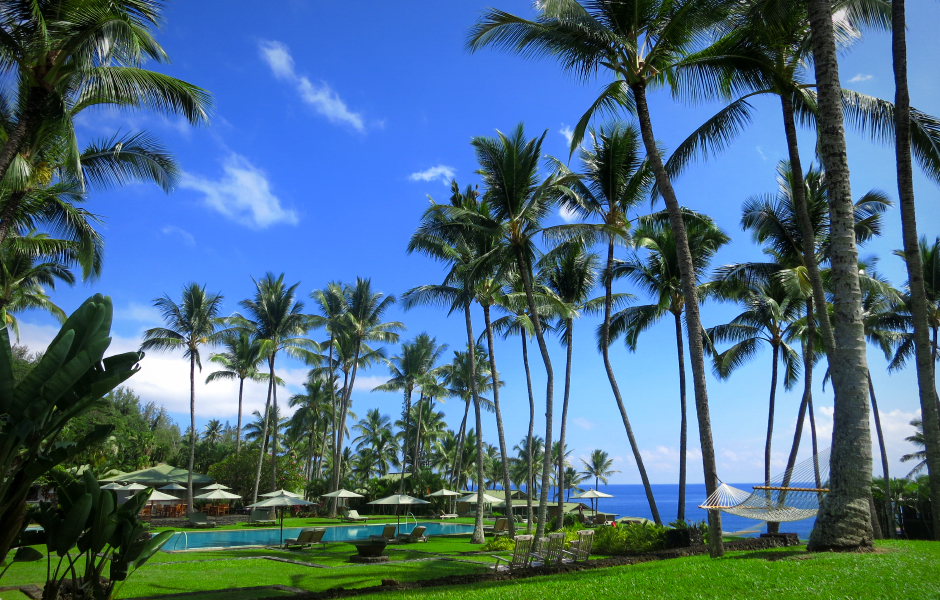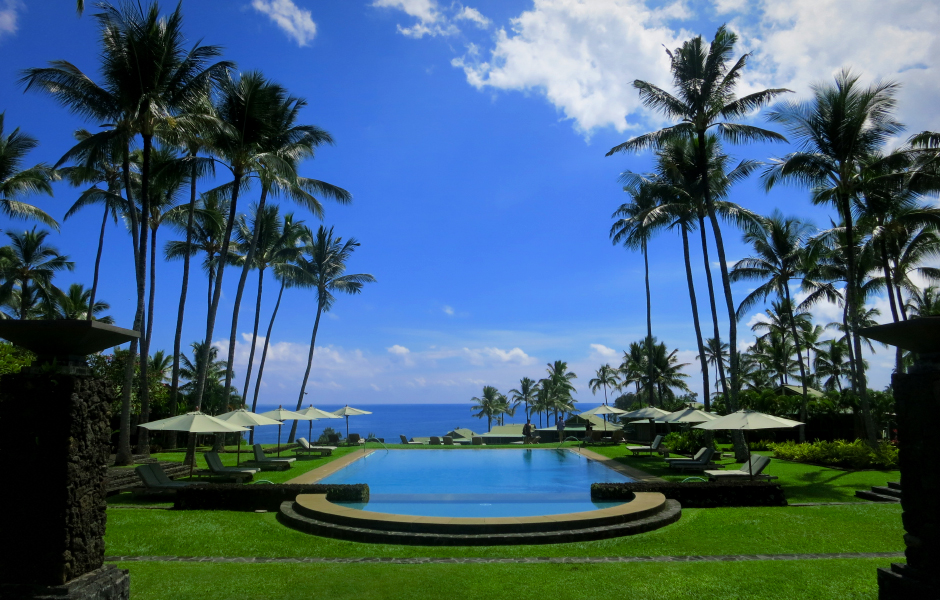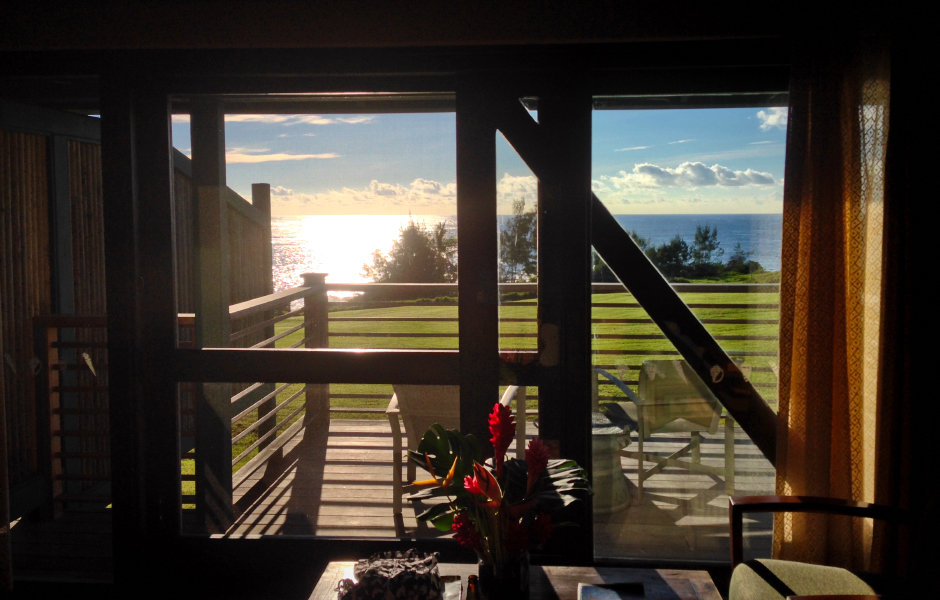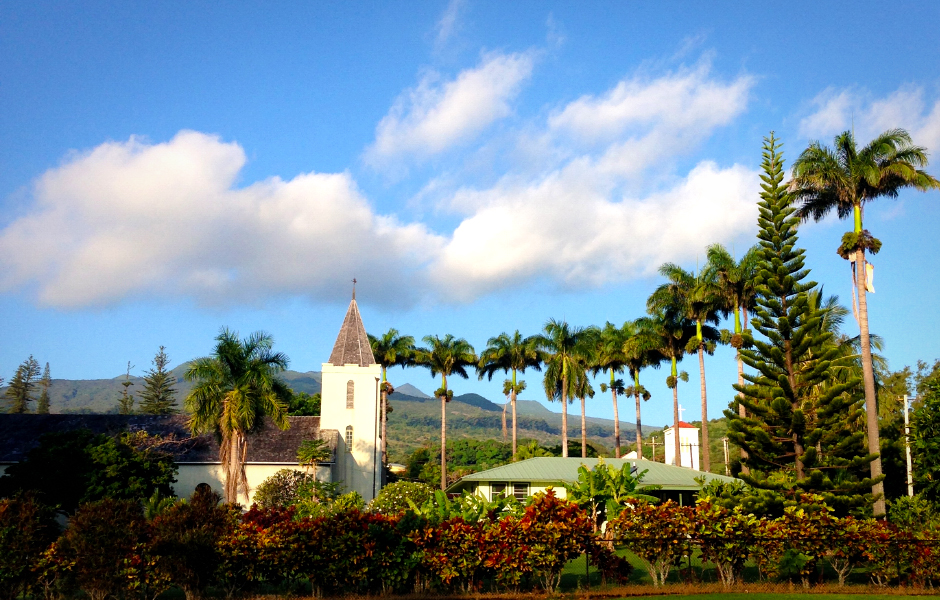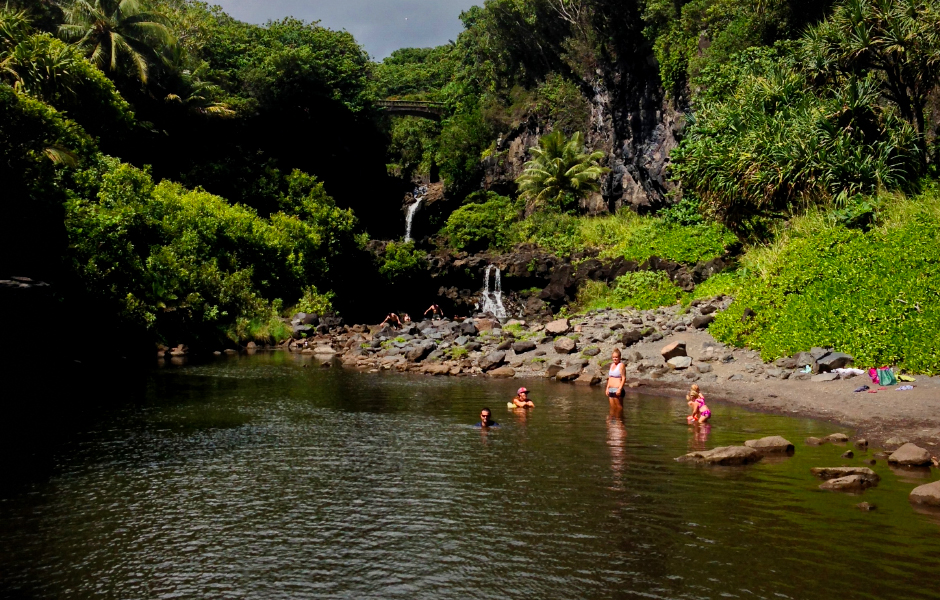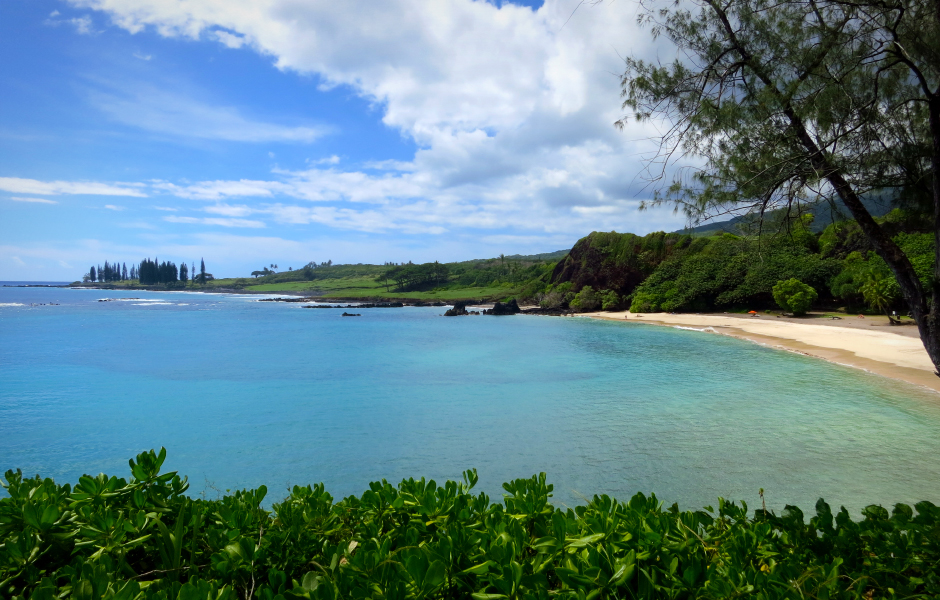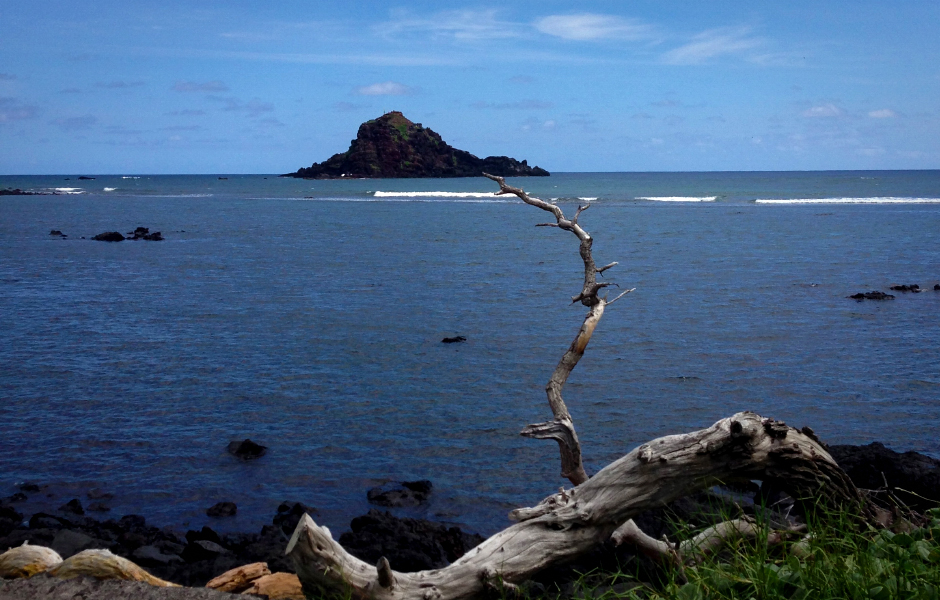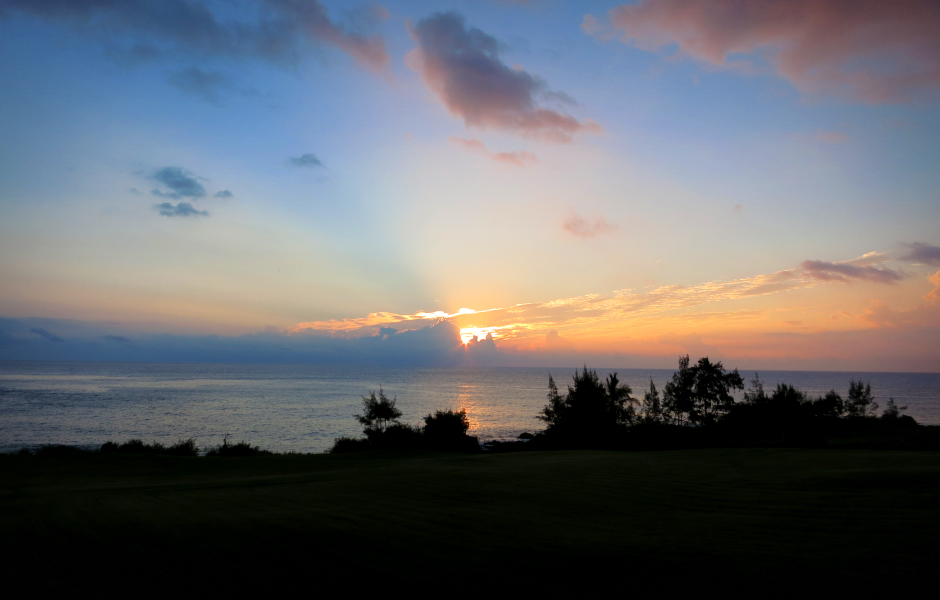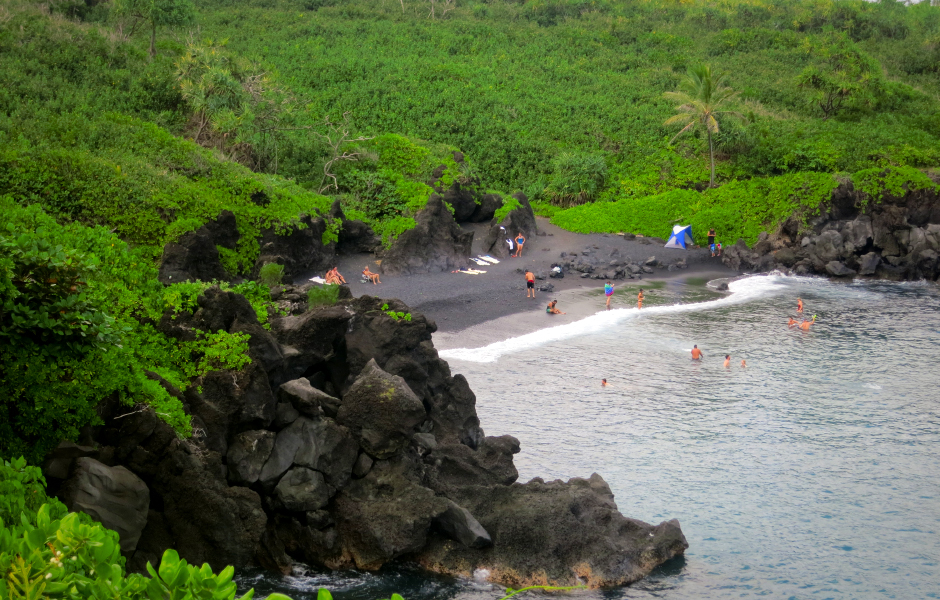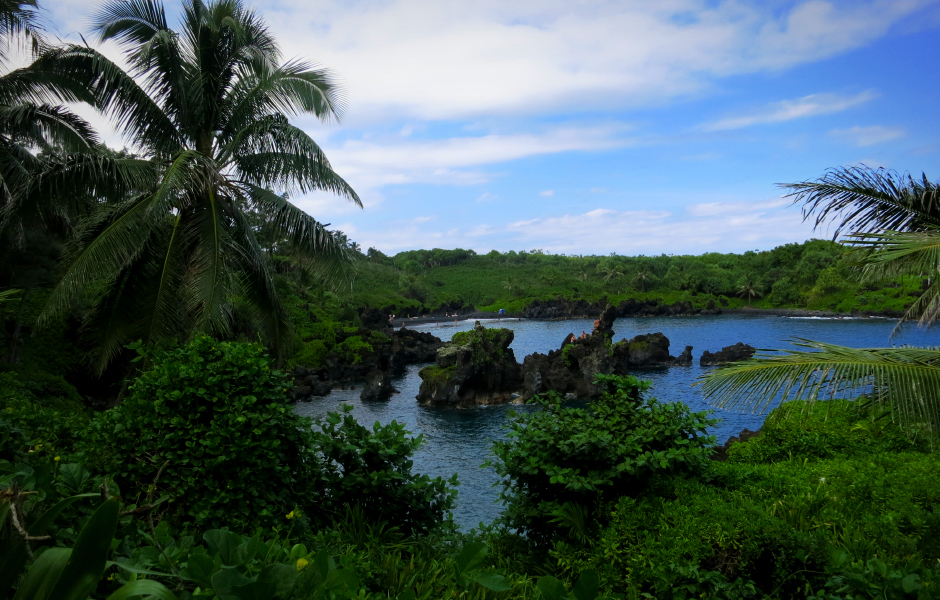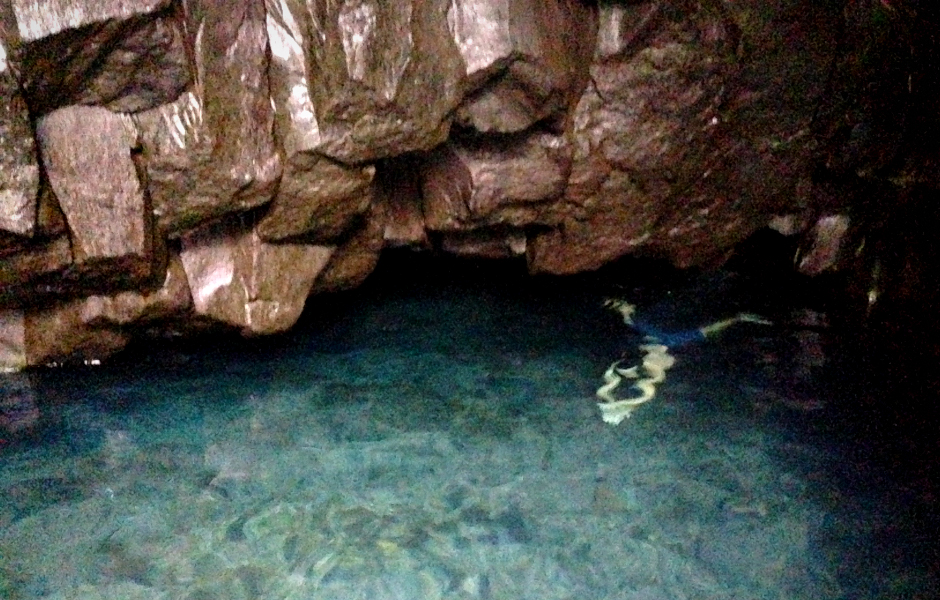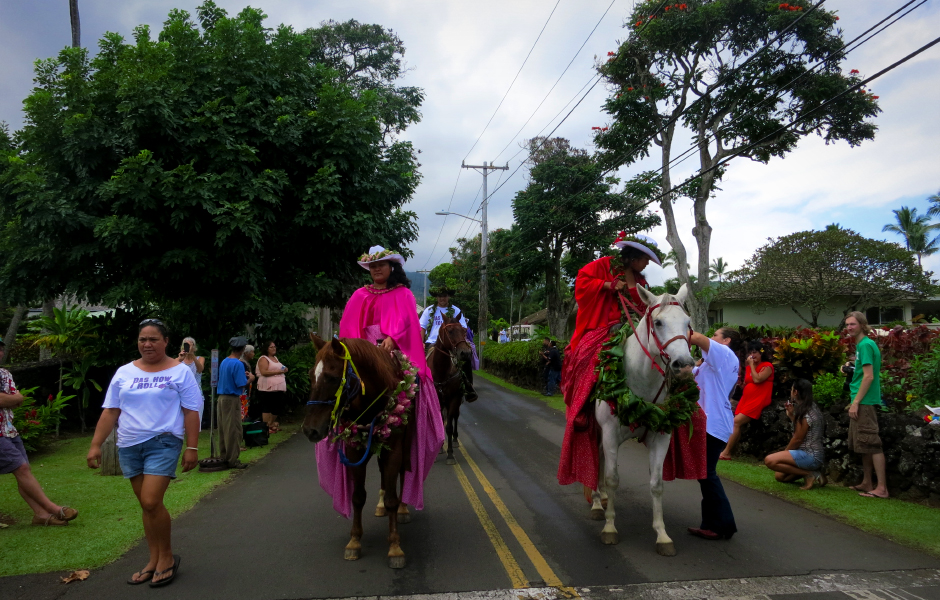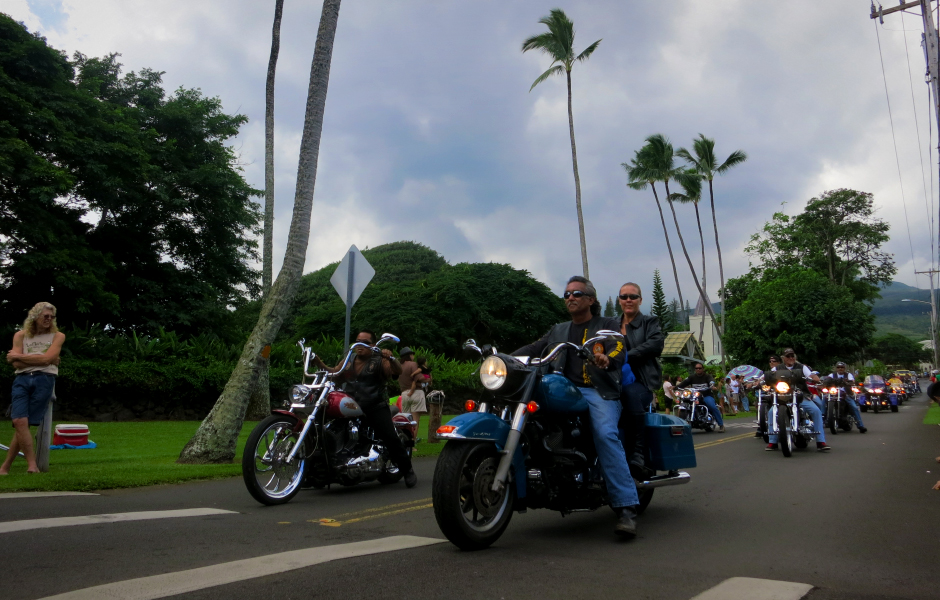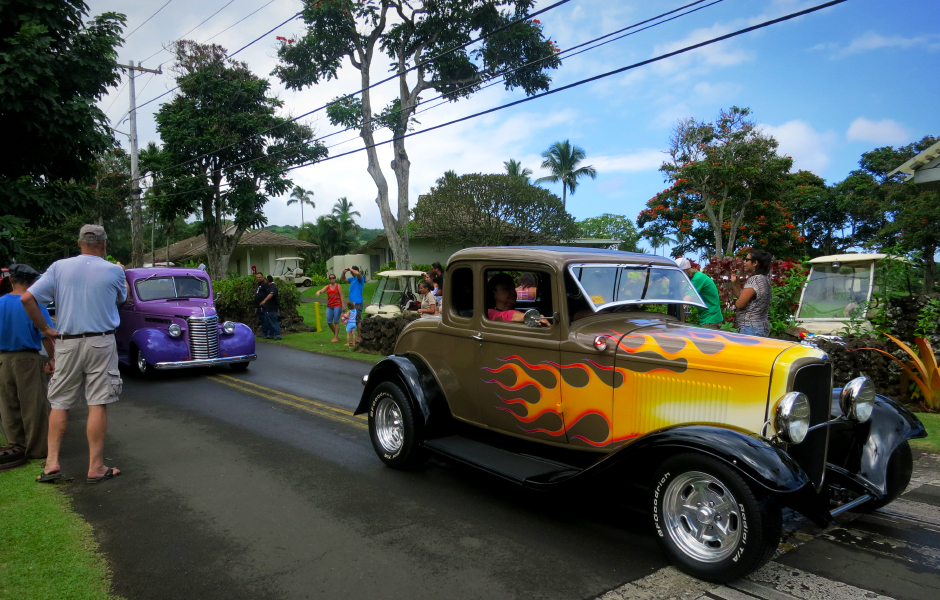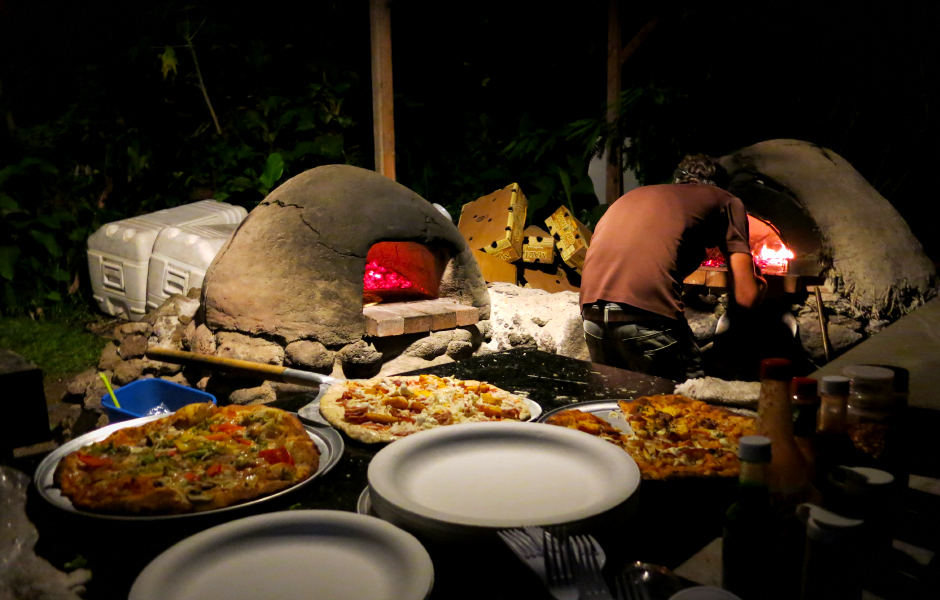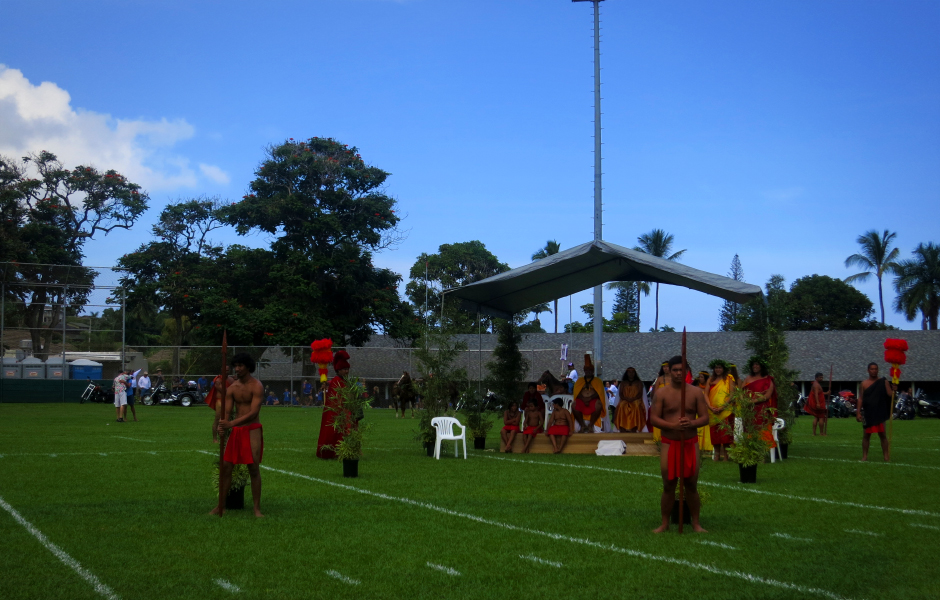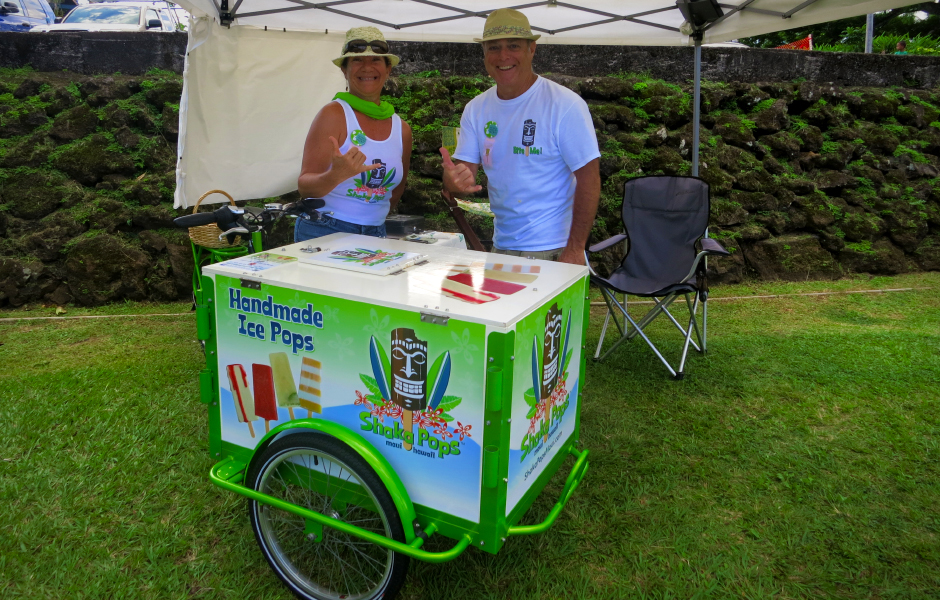True—Maui is no longer Hawaii’s secret little paradise. False—There are no more hidden wonderlands to experience in Maui. In fact, along Maui’s roads less traveled it’s still possible to experience the fabled small town charm that drew people here in the first place.
But to find the long lost languid side of Maui, it’s a good idea to skip the road altogether. Mokulele Airlines (Hawaii’s local) swept me away from the hordes of tourists at Maui’s Kahului International Airport to a small, one room airport on the other side of the island that announced itself by a simple, hanging wooden sign—”Hana Airport”. Twenty minutes and fifty bucks after leaving the jumble of high rises in the distance, I was surrounded by wild jungle and palm trees rustling the wind, staring up a dirt path waiting for a transfer to the town of Hana.
Most of the people I left behind will stay on Maui’s west coast and only see Hana for a brief moment at the end of “The Road to Hana” (Highway 36), an incredibly scenic all-day drive dotted with waterfalls that’s sadly been transformed into a traffic jam of tourist vans. “Doing” the road is one of Maui’s most touted draws, so I was a little wary of flying right over it. Any regrets faded away after settling into my airy cottage at the Travaasa Hana.
As if by the clockwork of a dream, while taking those first few moments to unwind on the private patio, a white egret landed on the back of a horse that was grazing less than 50 yards away, between nothing more than me and the Pacific ocean. From where I stood, Maui looked much like it did 50 years ago when tourists had just started to take notice of this insanely beautiful and unexplored tropical island. And when they came all those years ago, they initially flocked to this very location. The Travaasa may only be a few years old, but these are the same grounds of the first hotel ever in Maui (and is still the only hotel in Hana).
The sprawling grounds are on the other side of the road from Hana’s downtown—really a few local eateries, a horse stable and a general store, all of which are abuzz with talk of the Festival of Aloha, a small parade and country fair that celebrates the local culture. In a few days, the town’s elders, vintage cars, motorbikes, Hawaiian beauty queens and other iterations of local life, will march down the town’s main path (they call it a road, I wouldn’t) under a bombardment of thrown candy to celebrate their Polynesian heritage.
This I learned from Jolynn Piimauna, descendant of Hawaiian royalty who now runs the Hana stable. She’s a true paniolo, or Hawaiian cowboy, and was guiding us on horseback along the back hills, off the main roads and highways along Maui’s plush green coast. She detailed the flora, fauna and history of this remote part of the island, “Hawaiian royalty used to love Hana. They found it had a rejuvenating spirit.” I didn’t have to close my eyes to imagine what they used to see; the gentle lull of the waves from the cliffs below and hazy mist covering Haleakala Volcano were time machine enough.
On the walk back to the Travaasa from the stable, handwritten signs advertising local food and something called the “Chow Wagon,” caught my eye, and following their directions netted me a delicious handmade ice pop—Shaka pops if you go.
Travaasa, which also has a property in Austin, Texas, is an experiential resort built to reflect the local culture. In Hana this means that you can choose to experience the infinity pool in a hammock or the best Lomilomi massage of your life in their number one ranked spa, but there’s also a schedule of Hawaiian activities like throw net fishing, archery, yoga, coconut husking, and ukelele lessons. Though, of course you could just work out all day in their exhaustive gym—your call.
It would be completely understandable to never leave the resort’s grounds, but off property, just a few steps from the Travaasa, is one of Maui’s most spectacular and hard-to-get-to secret beaches—Red Sand Beach. The path is thin and slippery, precariously etched into a cliff lined in tree roots and isn’t for the faint of heart (for legal reasons, the Travaasa cannot give directions, but it’s easily found on Google maps). At the end is a perfectly secluded red sand beach, ensconced by steep cliffs and a natural jetty that create an A picture perfect placid swimming pool.
A ten minute drive up the road from Travaasa are Koki and Hamoa beaches. They are rustic stretches of sand and surf, manicured by nothing more than Mother Nature. Hamoa has quite the reputation for its striking beauty; Koki, long a favorite of surfers is the quieter of the two. But go to both because the best views are had by walking the 20 minutes between them.
A few minute drive in the other direction of Hamoa, and you can spend the day at Pa’iloa, the black sand beach at Waianapanapa State Park. It can get a little crowded with day-trippers but behind the beach are a series of trails that lead to fresh water caves. They’re cold and totally swimmable; a great respite from the heat, though local legend says they’re haunted. Walk back to Hana on Kihaapi’ilani Trail (two to three hours) along the beach where you’ll pass century old ruins, pictographs and a few ancient burial sites.
Friday and Saturday are pizza nights at Hana Farms, an organic farm about a fifteen minute drive up the road from Travaasa. The volunteers who cultivate the fruits and vegetables here also run Clay Oven Pizza, which is only open on weekend evenings. Seated at one of the five wooden picnic tables, we break out our beer and wine (it’s bring your own) and soon we’re chowing down on perfectly cooked pies, like the mouthwatering Pineapple Sausage. A man jams some Jawaiian tunes—a brand of polynesian reggae that’s been popular in Hawaii since the 1980s; children run about, and soon tables mix and conversation flows so much that it feels more like a friend’s backyard BBQ than any restaurant.
It’s the same feeling at the Festival of Aloha that Sunday. The parade filed into the local football field where it took on the feeling of a country fair in small-town America, except with a lot of flowers. For a minute I felt out of place; the festival is built for the local community, not for tourists and I didn’t exactly know where to put myself. But then I spotted Chaka Pops, the same handmade ice pops I had on my first day in Hana. “You’re still here” the woman smiled. “You remember me?” I replied in partial shock. “It’s a small town,” she said, “I hope you’ve been enjoying your stay.”
Stay…a much better word than visit, because even when I leave this place, a part of me will remain.
Rooms at the Travaasa are running for half price if you book from now until May 9th.
